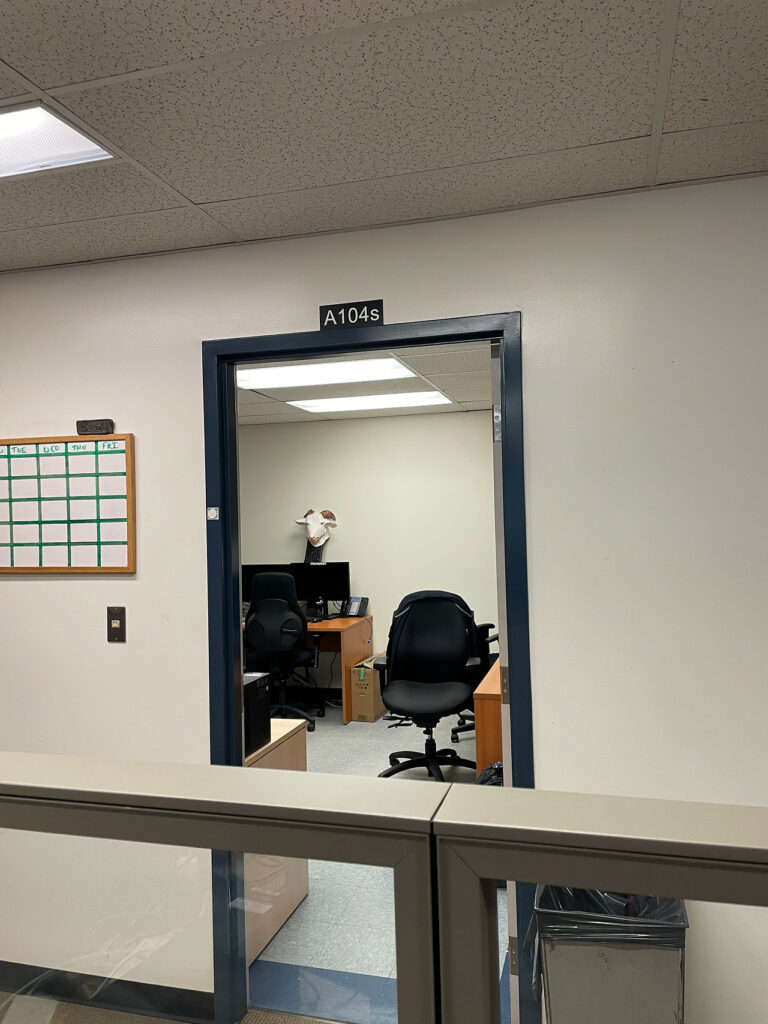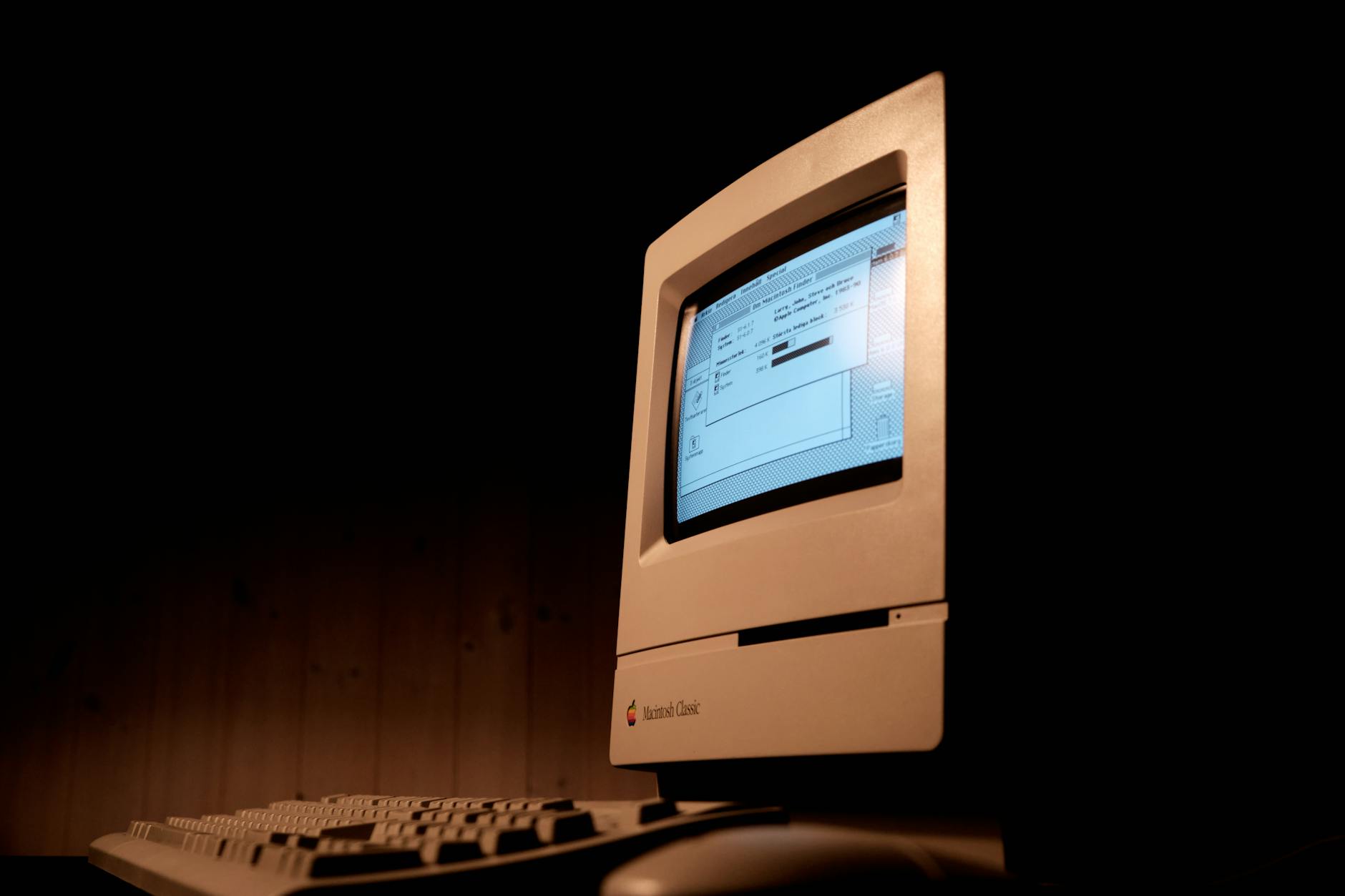August 27, 2021 was a pleasant summer day. I was on vacation–the last day of vacation, actually. I had started my stay-at-home vacation1No, I will not use the term “staycation” two weeks earlier, with my last day in the office being August 13. And yes, it was Friday the 13th (read the Wikipedia article to find out there is no consensus on how, exactly, Friday the 13th came to be considered unlucky), but there was no bad luck that day, just another 7.5 hours of working remotely, which I had been doing (with occasional trips to the office about once per week) for over 17 months as the first few waves of the pandemic swept across the world. Well, maybe there was some bad luck for the entire sum of humanity at that point, come to think of it.
August 27 was also my last day working at Langara College. I chose to leave before the busy fall semester would begin–which was also when the school would re-open to on-campus classes. Getting out before the busiest time of year seemed wise, wiser still since we were still in the middle of a full-blown pandemic and I remembered very clearly how crowded the halls of the college were.
When I look back on the time I spent there–a few months short of nine years–I have no ill will. I worked tech support. It was exactly what you’d think, maybe worse in some small ways. I started and ended in the same place, never advancing, though that was partly on me (I turned down a chance to move to a different team) and partly on management (in fact, when I returned from a three-month leave of absence in April 2021, the manager told me there was quite literally nothing for me, but they could help train me in other things that interested me. It was kind of bizarre, in retrospect (and it did play a not-insignificant part in my decision to leave). While I never advanced, I did assume more responsibilities and was probably well-positioned to take over the management position directly above me, had it opened up (it did not while I was there, though I did serve in a temporary capacity in the role from time to time).
The pandemic was a boon in a few ways, which I’ve mentioned here before:
- Commute time when from a combined 2 hours and 24 minutes to 0 minutes.
- This allowed me to get more sleep and more exercise. A literal win-win!
- Not being around co-workers also meant I didn’t get sick. During that 17 months working remotely, I never caught a cold, the flu or even the sniffles. And I got in better shape, ate more sensibly, and lost weight.
But work-wise, the pandemic was not good. The co-op program, in which I oversaw two to four co-op students each semester, something I’d been doing for about two years, was shut down until January 2021. I reverted to being a regular tech and after just a few months, I was already burnt out. The co-op program resumed at the same time I went on my leave of absence (a coincidence) and was handed off to someone else. When I returned, it was made clear to me that I would not be overseeing the co-ops anymore, but never explained as such. This was really the main reason I chose to leave, the meeting with the manager was just confirmation that the decision was the right one.
That meeting happened in early April. I knew I wanted to quit, but I didn’t have a plan. I pondered and by June a plan had formed, so I then moved to when to leave. I was helping oversee the implementation of a new knowledge base and ticket system, which would critically go live while my manager was on his vacation, so I knew I needed to stay for that and to make sure everything was not on fire when he returned.
An unfortunate side effect of this is that he returned only two days before my effective last day, because I’d booked my annual vacation for the last two weeks of my employment. I still remember in Slack, he was catching up on email on August 11, and he typed something like “Oh” when he got to my letter of resignation (I thought I still had a copy of it, but can’t seem to find it. It was short, euphemistic and to the point). I couldn’t give him the full notice he deserved because he was on vacation and kids, never take your work on vacation and do not bug co-workers when they are on vacation, unless someone is going to die in the next hour otherwise.
He wished me well and gave me a gift card for free eats–which I used! I mean, I used it the next year. I’m never very quick at redeeming things.
I had an exit interview on that last day, the 27th. I was mostly guarded. I felt no need to rock the proverbial boat and really, it was mostly me–it had become clear that I was not happy where I was and management had assured me that nothing about where I was would change–so leaving was really just the logical thing to do.
And now, three years later, how do I feel about it?
It was absolutely the right thing to do. I still keep in touch with a few co-workers. I heard some nice things about me after I left, which made me feel good. I hear occasional gossip. I am not surprised that three years later, the service desk where I worked for so long is now be staffed by people I don’t know. The turnover is always highest there, because tech support never gets the treatment it deserves–not at Langara and, really, not anywhere else, either.
I don’t miss the commute, and I don’t miss the work at all. Like, not even a tiny little bit. I feel I was pretty good at what I did–I got positive feedback, people were always pleasant to me, and I genuinely enjoy helping others, but there has never been a time when I thought, “I miss doing that stuff.”
Well, a slight correction: I really liked working with the co-ops. The energy, the vibe, it was a lot of fun, and I enjoyed being a teacher or mentor of sorts, kind of like the dad desperately trying to be hip to the kids, and sometimes even pulling it off. A number of the co-ops went on to use me as a job reference, which is another one of those things that made me feel good.
In summary, the strongest feeling I have is actually no feeling at all. When I reflect on those years, from 2012 to 2021, I don’t have any kind of emotional response. It’s just a time in my life where I did work, got my fill, then left. I feel, for the amount of time I was there, that there should be more, but there isn’t. I guess that makes me a little sad, but it is what it is.
I end with two photos, the first the view from my cubicle, the second the campus at sunrise.













